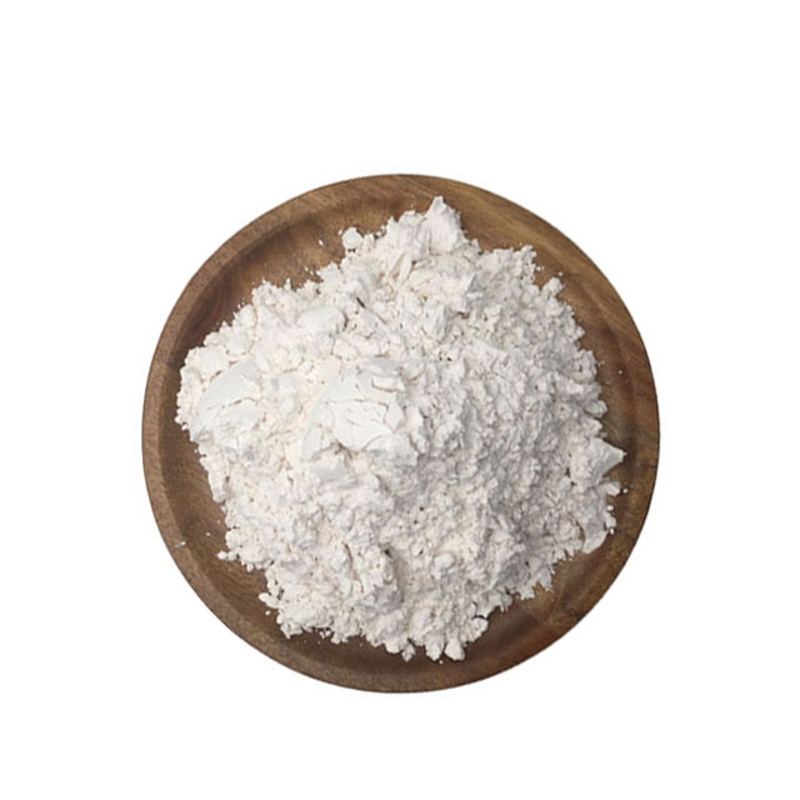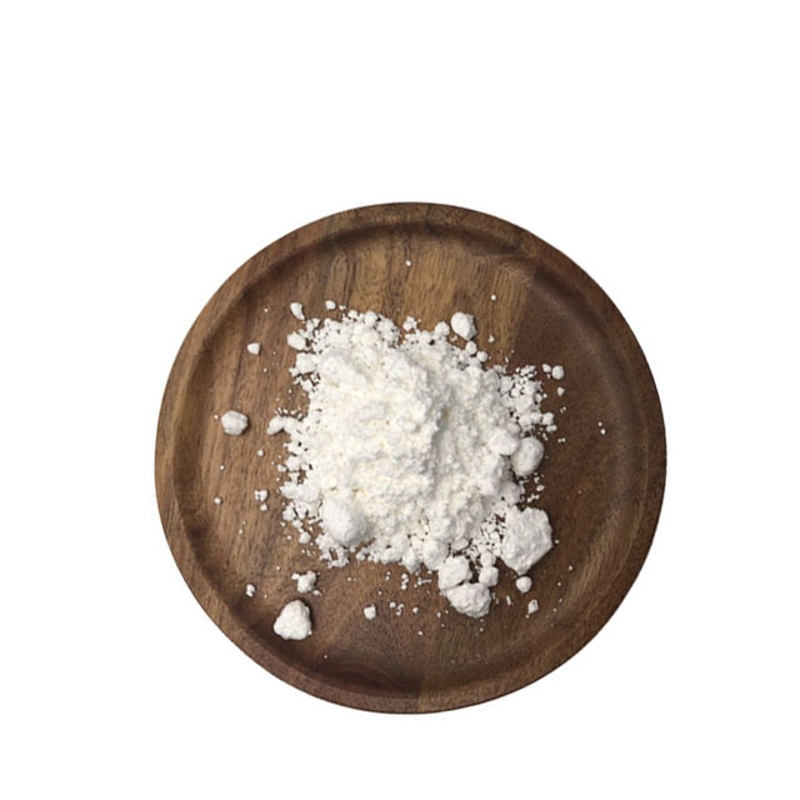-
Categories
-
Pharmaceutical Intermediates
-
Active Pharmaceutical Ingredients
-
Food Additives
- Industrial Coatings
- Agrochemicals
- Dyes and Pigments
- Surfactant
- Flavors and Fragrances
- Chemical Reagents
- Catalyst and Auxiliary
- Natural Products
- Inorganic Chemistry
-
Organic Chemistry
-
Biochemical Engineering
- Analytical Chemistry
- Cosmetic Ingredient
-
Pharmaceutical Intermediates
Promotion
ECHEMI Mall
Wholesale
Weekly Price
Exhibition
News
-
Trade Service
Under normal circumstances, there is a small amount of liquid in the serous cavity for lubrication
General trait testing
General trait testing1.
2.
3.
Changes in the basic characteristics of serous effusions also indicate the occurrence of various diseases:
(1) red bloody: common in acute tuberculous chest, peritonitis, bleeding disorders, cancer, puncture injury
(2) Yellow purulent or purulent blood: common in purulent bacterial infections such as staphylococcal pneumonia with empyema
(3) milky: common in filariasis, tumor and lymph node tuberculosis, nephropathy, cirrhosis of the liver, peritoneal cancer
(4) Green: seen in Pseudomonas aeruginosa infection
(5) Black: It indicates Aspergillus pleura infection
(6) Viscous effusion: suggesting malignant mesothelioma
(7) Fluid containing "debris": common rheumatoid lesions
(8) turbid effusions: seen in tuberculous chest, peritonitis, perforated appendicitis, peritonitis caused by intestinal obstruction
Chemical testing
Chemical testing1.
2.
3.
4.
Microscopic examination
Microscopic examinationCell count, cell count, cytology, and parasites
.
Serous cavity fluid cell count and classification:
1.
There are few cells in the leakage fluid, often <0.
1×109/L, mainly lymphocytes, and a small amount of mesothelial cells
.
2.
There are many exudate cells, often> 0.
5×109/L.
The increase of various cells is seen in:
(1) Neutrophilic nucleocytosis: In purulent, tuberculous serositis, neutrophils can also be seen in the early stage
.
(2) lymphocytosis: main prompt chronic diseases such as tuberculosis, syphilis, tumors
.
Chronic lymphocytic leukemia such as chyle effusion
.
(3) Increase in eosinophils: exudate caused by allergies and parasitic diseases
.
Multiple puncture stimulation, artificial pneumothorax, empyema, post-operative effusion, pulmonary infarction, congestive heart failure, systemic lupus erythematosus, Hodgkin's disease, mesothelioma
.
(4) Increased tissue cells: in the case of inflammation
.
(5) Increase of mesothelial cells: it means that the serosal membrane is irritated or damaged, and it is common to increase significantly in tumorous effusion
In addition to the above three inspection methods, the test of serosal cavity fluid can also pass bacteriological examination
.
After summary, the leakage and exudate are distinguished as follows:
Leave a message here







